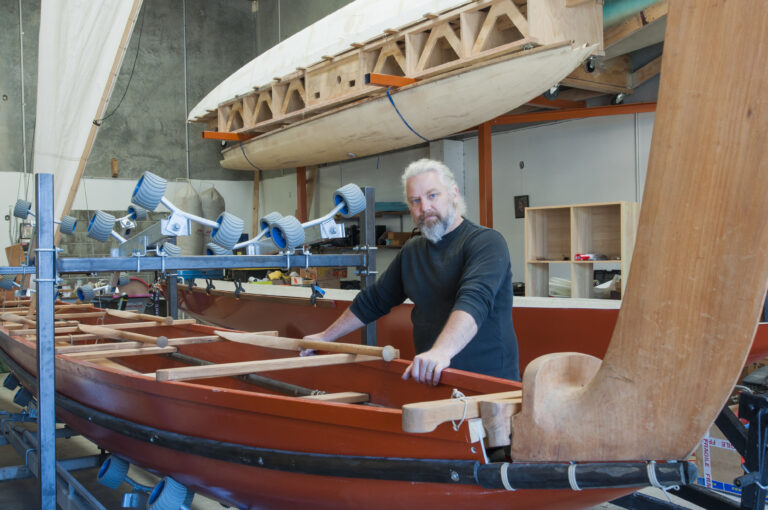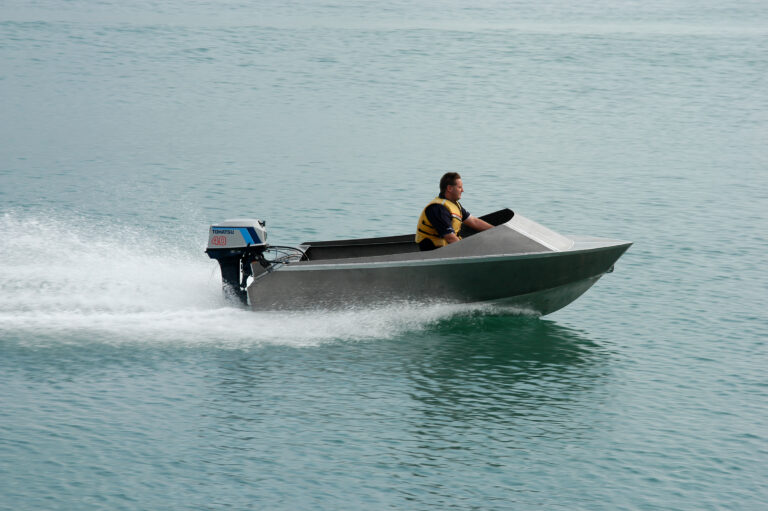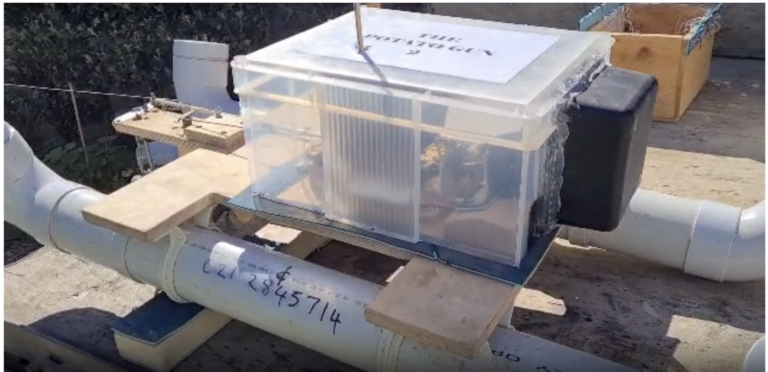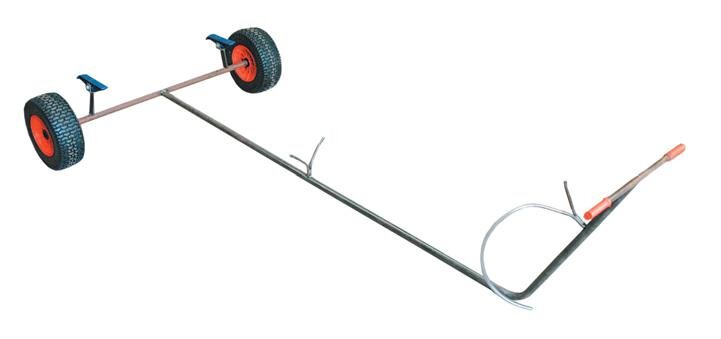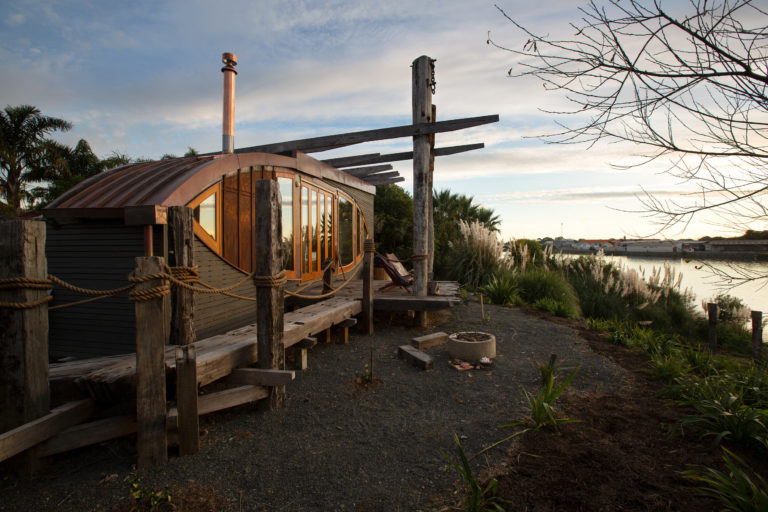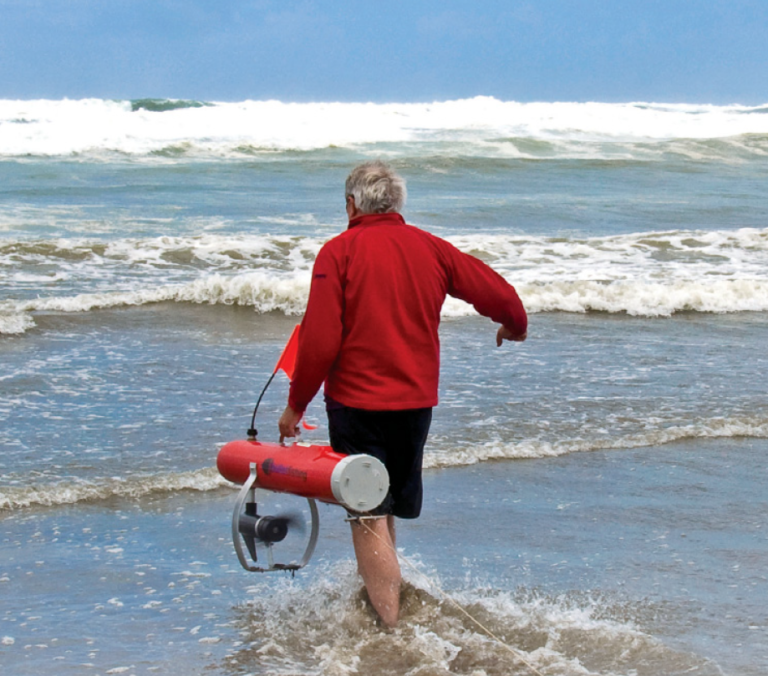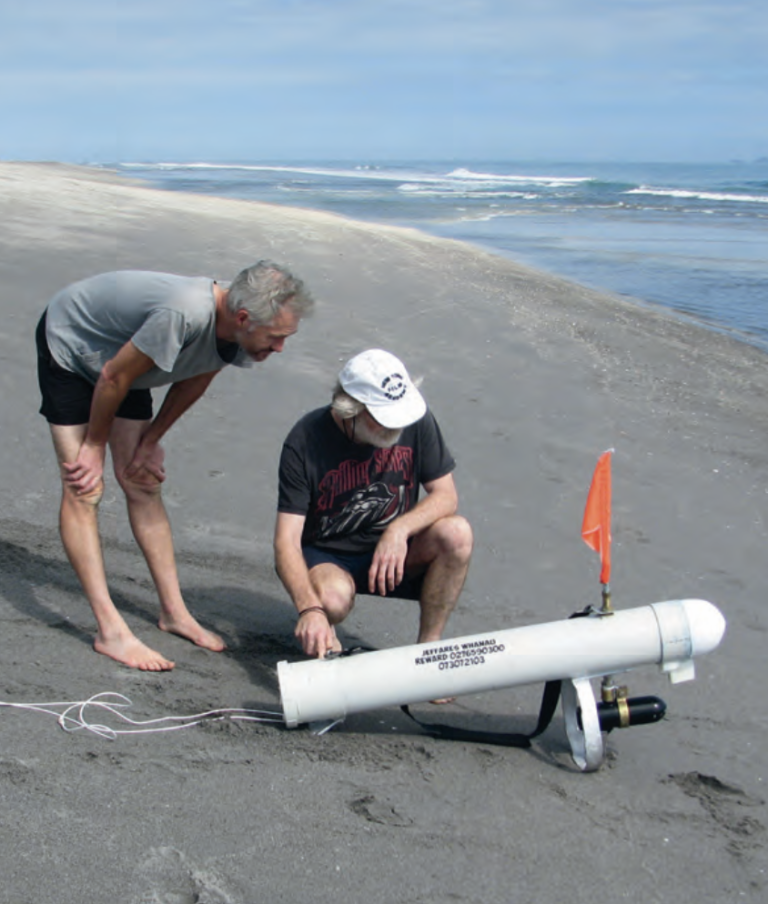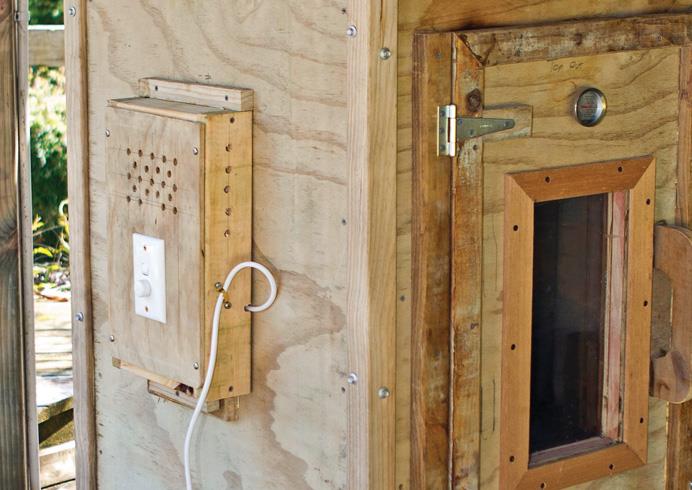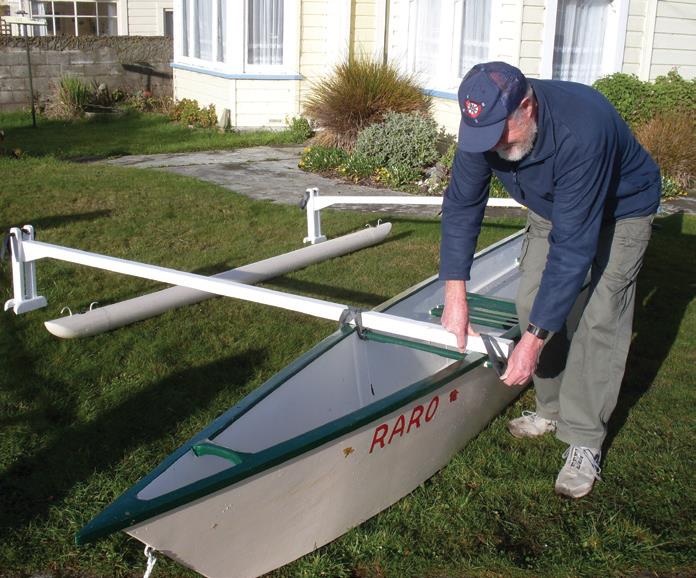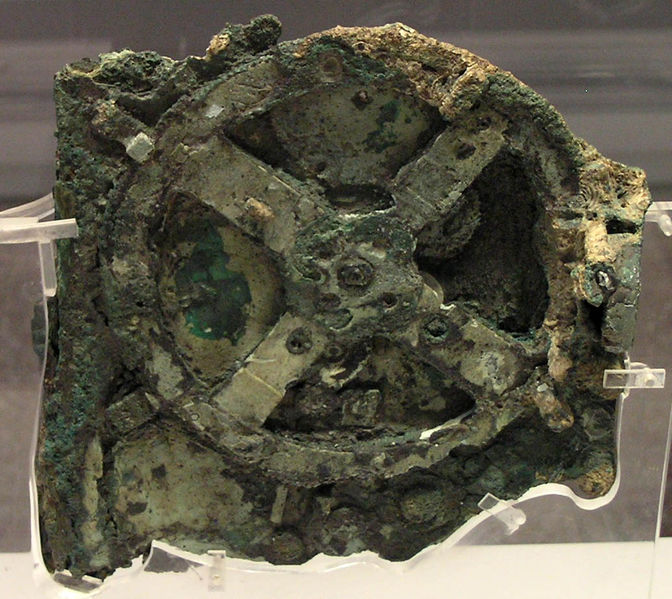
The great Greek gear train
Many years ago in a history of technology, I read a passing mention of a strange artefact, a piece of mechanical gearing, that was in the Athens National Archaeological Museum. I didn’t know then, but getting to see this would become an obsession in my life.
The artefact was recovered in 1900 from an ancient Greek galley. This ocean-floor wreck was accidentally discovered by sponge fishermen sheltering from a storm by the tiny island of Antikythera. One of the artefacts later taken from the ship was a corroded block of copper which, after it was cleaned, revealed the vestiges of a complex gear train. This has come to be known as the Antikythera Mechanism.

